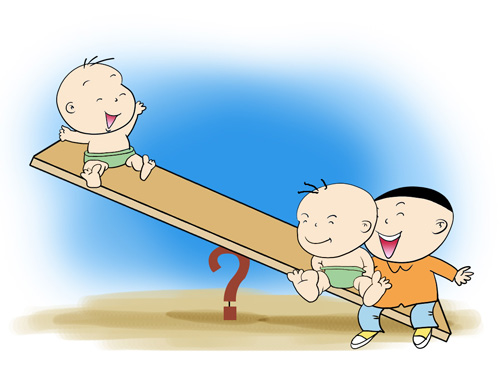Preparing for aging nation
|
|
|
[By Li Wei/China.org.cn] |
The results of China's sixth national population census show that the total population in the Chinese mainland was about 1.34 billion by the end of 2010. This, together with other indicators drawn from the census, should serve as important references for making future population policies and relevant social and economic policies.
One such indicator is the education level, which, according to the census, has remarkably improved in the Chinese mainland since 2000. For instance, the number of people with a university education has increased from 3,611 people out of every 100,000 to 8,930, indicating an annual average growth far exceeding the annual average population growth of 0.57 percent over the past decade.
Such a jump reflects the improvement of human resources as a result of modernization. China nowadays sees the increasingly geographical concentration of human capital, particularly in cosmopolitan cities like Beijing and Shanghai.
Also telling is the fact that China is going through an unprecedented process of family nucleation. The average size of a family household in the Chinese mainland has declined to 3.10 persons by 2010, compared with 3.44 persons in the 2000 census. In contrast, the number of family households has risen from around 368 million to about 402 million in the same period.
| Don't Miss: |
| Only child or 'double happiness': Time to ditch one-child policy? |
This rapid growth of family households has spurred the country's housing demand. Statistics show that the area of residential buildings sold last year exceeded 1 billion square meters, three times that of the peak in the US and 10 times that of Japan.
The results of the census also show that more than 261.39 million people live in places other than those of their household registration, an increase of about 117 million on the 2000 data, indicating a growth of 81.03 percent.
Today Chinese society is not simply a dual urban-rural structure, it is a more complicated structure comprised of a formal and informal economy in cities/towns, and a traditional agricultural and non-agricultural economy in the rural areas. The development of this structure will bring internal integration of the urban system, internal integration of the rural system and urban-rural integration.
 0
0 








Go to Forum >>0 Comments